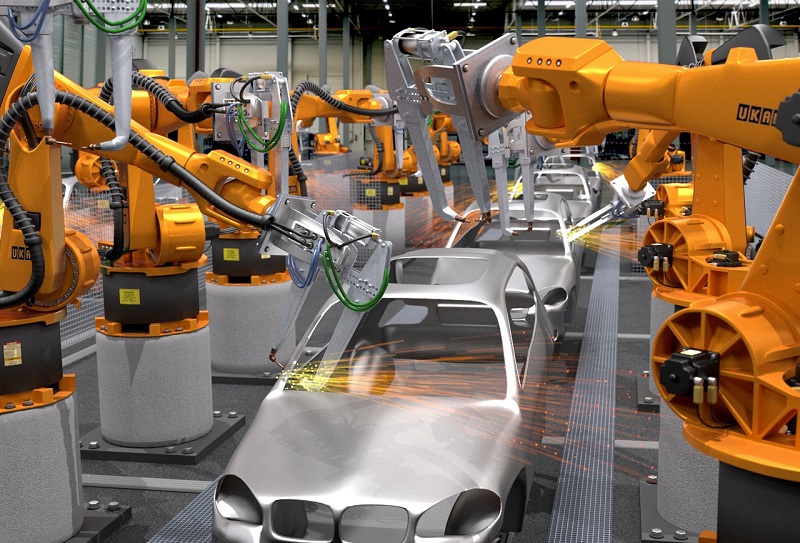Industrial robots, dispatchers and even surgeons. Progress in this field makes that more and more tasks that can be performed by robots and almost without the human touch in the process, speaking both mechanical robots and bots at the software level, and that opens a dangerous melon: the of no need for jobs. Especially if you know what a company financially compensated.
As expected, there are studies that seek to estimate how it will affect the expansion of robotics and autonomous systems in general, one of them the performing and the University of Oxford in 2013. A study whose conclusions are supported with which he has taken recently the Council of Economic Advisors of America (CEA), in which report reaches estimate which occupations are more likely to be automated according to the hourly wage. While you calculate how many dollars, you produce when we tell you what they have estimated.

Tell me what you produce and tell you to fear
The advantages of automation are not obvious now, but since in the industrial revolution began to include robots as in the case of the automotive industry. Advantages such as precision or absence of exhaustion, something we talked about recently when talking about the usefulness of a robotic space glove. An effective, inexhaustible system, which can work 24 hours a day and “only” calls for power and maintenance.
As we recalled at the beginning, every time we see useful robots in more fields and this makes the risk that humans have to be replaced by these mechanical employees arises. The estimate of the risk varies, as it is a technology not yet settled and is based on estimates made by what jobs are potentially more likely to be occupied by automated systems; OECD speaks of a 9% of the jobs (in terms of the member countries) and the Oxford study talks about 47% of jobs (based on US data).
But those who give a figure that may be somewhat clearer to get an idea of the potential impact on jobs of robotics is giving Jason Furman in the report of the CEA. According to studies that conclude that this council holds 83% of the jobs that charge less than $ 20 an hour have a high probability of being automated.
For this approach influence both the level of knowledge required in each job and the tasks that perform in it. Jason Furman, the CEA says that according to this there are jobs that are easier to automate as certain types of dependent or accounting. What they are less automatable and therefore escape this high risk? Those who require a high level of creativity and / or intuition or those who require a situational adaptation and personal interactions. Capabilities that at least for now cannot be replaced with a mechanical drive.
You may also like to read another article on BlogsMujer: The Decalogue freelance
The bot gives it to us and the bot take away
Although the use of robots and automated systems is also a source of job creation, it seems that what is coming is that this creation not come to compensate for the replacement to come. In fact, although the CEA sees the greatest risk in jobs below $ 20 per hour, they charge more not escape entirely to this when, for example, lawyers and touch them deal with software much more efficient when sift through the extensive documentation that handled in their daily lives.
A couple of years ago the impact seemed rather minimal, but since it has rained a lot. In fact, I recently read in Venture Beat the case of FirstJob, a service for finding employment from which claimed that thanks to Mya (bot) have automated 75% of the work. Something ironic if we think about the future scenario that a robot can take off work and a bot can get us another.



